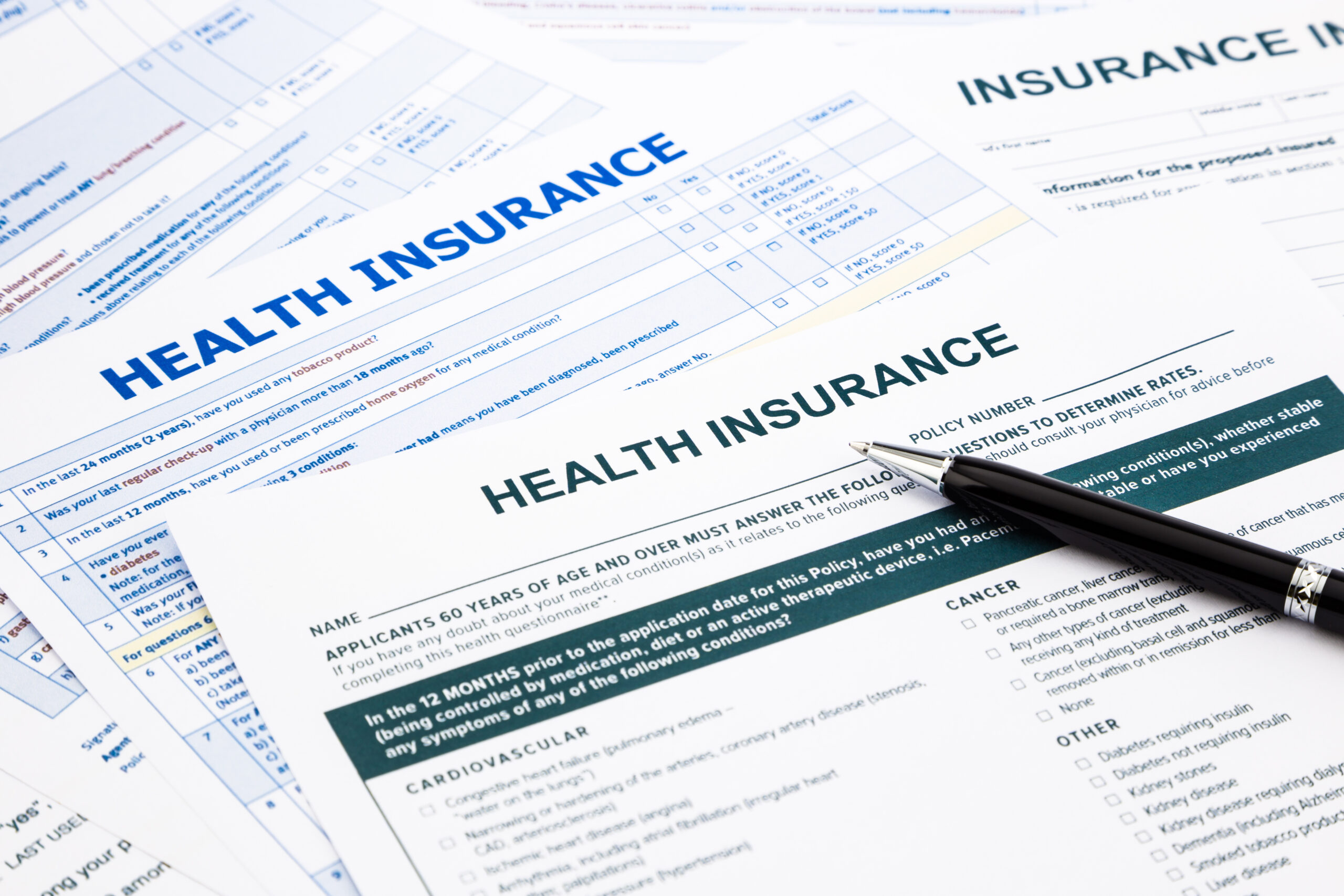The Unconscionability of Emergency Room “Cash Pay” Contracts
Imagine rushing to an emergency room after developing chest pain and shortness of breath. A staff member hands you a financial responsibility contract that you sign without reading. A physician diagnoses you with a heart attack and performs an angioplasty.

Published
Author
Share
Imagine rushing to an emergency room after developing chest pain and shortness of breath. A staff member hands you a financial responsibility contract that you sign without reading. A physician diagnoses you with a heart attack and performs an angioplasty. Later, you receive a $100,000 bill for the emergency procedure.
As an uninsured patient, you are responsible for its entirety. This will be a substantial financial burden; statistically, uninsured patients are more likely to be low-income. Yet, insurance companies could pay significantly less for the same service. Why?
Unlike other industries, hospitals set prices largely disconnected from actual service costs. There are no legal constraints on the prices set by hospitals. Instead, hospitals set high sticker prices and negotiate lower rates with insurers. Uninsured patients, lacking bargaining power, often are charged the full sticker price.
This article examines the procedural and substantive unconscionability of emergency room “cash pay” contracts and urges reform.
Procedural Unconscionability
Procedural unconscionability occurs when a contract is formed under unfair conditions. “Cash pay” contracts exhibit multiple hallmarks of this concept.
First, these contracts are presented as “take it or leave it” agreements. Patients must either sign the contract or risk their health by not receiving care. Crucially, unlike similar contracts in other industries, such as apartment leasing agreements, patients do not have the time to seek out or consider alternative options for medical care.
Second, uninsured patients have no opportunity to negotiate or opt out of specific terms in the moment. The hospital-provided boilerplate forms are immutable. In addition, the high-stress environment limits patients’ ability to comprehend what they are agreeing to. It is true that many hospitals may ultimately “write off” or heavily discount an uninsured patient’s medical bill through financial assistance programs. However, patients must apply to receive these benefits.
Third, hospitals hold significant market power. They are highly experienced in contract formation, while patients are generally unfamiliar with health care pricing. Hospitals also have business and legal teams to defend their pricing practices, whereas uninsured patients, often low-income individuals, have limited resources to challenge unfair charges. The power imbalance is stark: Hospitals dictate the terms, but patients face potentially dire consequences from those terms.
Substantive Unconscionability
Substantive unconscionability arises when contract terms are excessively one-sided. In line with this principle, emergency room “cash pay” contracts lack mutuality and commercial justification.
Patients agree to pay “full charges” without knowing the cost in advance. Hospitals set prices that often far exceed actual costs, making it impossible for patients to estimate what they will owe. The result can be an unfair surprise if an astronomical bill arrives.
Hospitals engage in price discrimination by charging uninsured patients more than their insured counterparts. However, unlike other industries where price differences may provide consumers added benefits, uninsured patients receive no additional medical services for their higher prices. This system disproportionately harms uninsured patients.
Medical debt often prevents individuals from affording necessities like housing, education, and further medical care. Uninsured patients are at a higher risk of significant medical debt than their insured counterparts. Meanwhile, hospitals profit from charging uninsured patients high rates.
Hospitals justify this pricing model by citing negotiations with insurers. If hospitals charged lower rates to uninsured patients, insurers would demand the same deals, reducing hospital revenue. Thus, hospitals prioritize relationships with insurers, ensuring high price ceilings for their primary revenue source, while exploiting uninsured individuals who lack negotiating power. This practice serves no legitimate commercial purpose; it merely maximizes profits at the expense of vulnerable patients.
Considerations for Reform
The No Surprises Act of 2022 addressed some issues related to medical billing, including protections for insured patients against out-of-network charges and requirements for hospitals to disclose prices publicly. However, uninsured patients in emergency settings remain vulnerable to excessive charges.
A straightforward legal reform would be capping uninsured patients’ bills at the average insurer-negotiated rate. Maine state law provides precedent for such a provision. While this would not eliminate the coercive nature of emergency room contracts, it would level the playing field by allowing uninsured patients to benefit from the bargaining power of health insurers. Hospitals would no longer be able to extract disproportionately high payments from those least able to afford them.
Hospitals’ pricing practices exacerbate economic inequality, hurting indigent populations while maximizing institutional profits. Until hospitals align their prices more closely with actual costs, legal interventions are necessary to ensure fair treatment for uninsured patients. Capping prices at insurer-negotiated rates would be a meaningful step toward ensuring uninsured patients receive essential medical care without facing devastating financial consequences.


